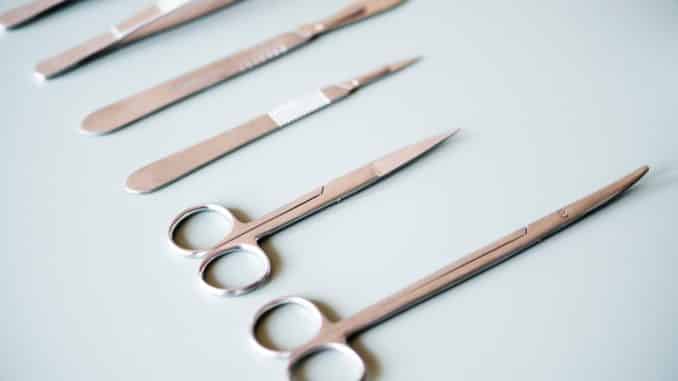
The global plastic surgery industry is booming, and not just for women. The market is currently worth over $20 billion in the USA and is predicted to rise to over $27 billion by 2019 – thats a massive growth rate.
According to the American Society for Aesthetic Plastic Surgery, American’s spent over $15 billion on beauty procedures in 2016, and men make up around 14% of clients overall, which is set to increase.
What are the most common procedures for men and why are they increasingly likely to turn to a surgeon for help?
Youth Is A Commodity
There are many reasons why men are more likely to tread the uncharted waters of aesthetic surgery. The rise of new techniques like “water jet liposuction” have made it safer than ever to have fat removed or transferred – and have also significantly shortened post-surgery recovery times. One of the biggest drawbacks to surgery previously was the invasive nature of the treatments, which often meant scaring, bruising and long recovery times. If you’re walking around with bruises on your face due to a treatment, then the whole concept of discreet goes out the window.
The rise of social media has made people a lot more image-conscious. As noted by Alain Feingold, “Physically attractive people often receive preferential treatment and are perceived by others as more sociable, dominant, mentally healthy and intelligent than less attractive people.” It’s no wonder people are trying to look their best on a permanent basis and are fighting the ageing process.
Attractiveness has also come to be highly associated with youth. These days, it is possible to turn back the hands of time through lifts, tucks, and liposuction, and most plastic surgeons will offer patients non-surgical alternatives to popular procedures.
So, What Are The Most Common Surgeries For Men?
On a global scale, the most hotly solicited cosmetic procedures by male patients include: eyelid surgery (in which loose, hanging skin in the eyelids is removed to give the eyes a more youthful look); male breast reductions (which removes excess fat and glandular tissue to bestow the chest with a more masculine contour); nose enhancements, liposuction, and hair transplants.
Hair transplants in particular are seen as an optimal long-term solution for men with androgenetic hair loss. Individual hairs are harvested and reinserted onto required areas, and the procedure has a close to 100% success rate. The procedure is so common that a large number of celebrities are proud to say that they have had the treatment done, with Wayne Rooney being the most widely known hair transplant patient.
Do Non-Surgical Alternatives Exist?
In this decade more than ever, there are many non-surgical alternatives which are producing similar results to surgery.
One of the most common non-surgical cosmetic procedures is CoolSculpting (an FDA-approved fat freezing procedure that is mainly used for stubborn areas such fat in the abdominal area of back, double chins, etc.). In this procedure, applicators are made on one or more targeted areas (around one or two sessions maximum are required). It is a ‘lunchtime’ procedure that does not require any anaesthetic treatment whatsoever. Thus, men can work on their laptop or phone for a couple of hours while their fat is frozen and head to work straight afterwards.
Laser Therapy Cosmetic Treatments
Laser cosmetic treatments are also big; thus, treatments such as Fractora and Fraxel can work well to reduce acne scarring. These procedures can also treat active acne, which is an excellent alternative for men with sensitive skin, or those who prefer not to take antibiotic treatments (which are sometimes prescribed by dermatologists). Laser therapy can also target issues such as skin pigmentation or deep lines, which can give both women and men a younger look.
Safety, optimal results, and flexible payment options are just a few reasons why plastic surgery is a popular solution for many.
Liposuction, eyelid surgery, and male breast reduction are often sought by those wishing to look younger, tauter, or more masculine.
With a plethora of non-surgical options available, there really is no reason to ‘grin and bear it’ when it comes to issues that may cause a person distress.

